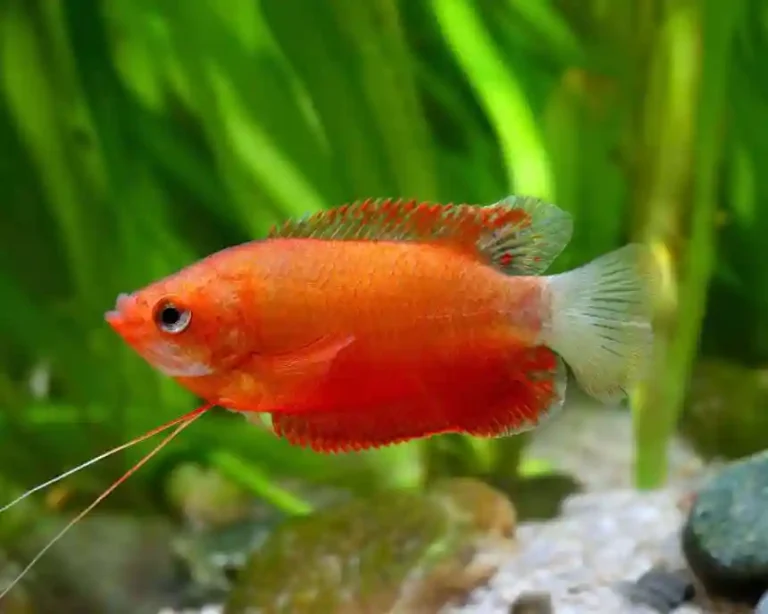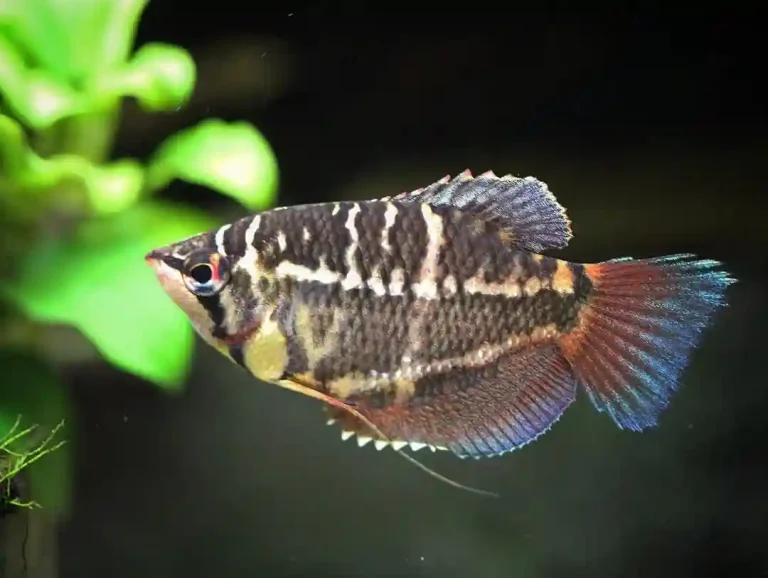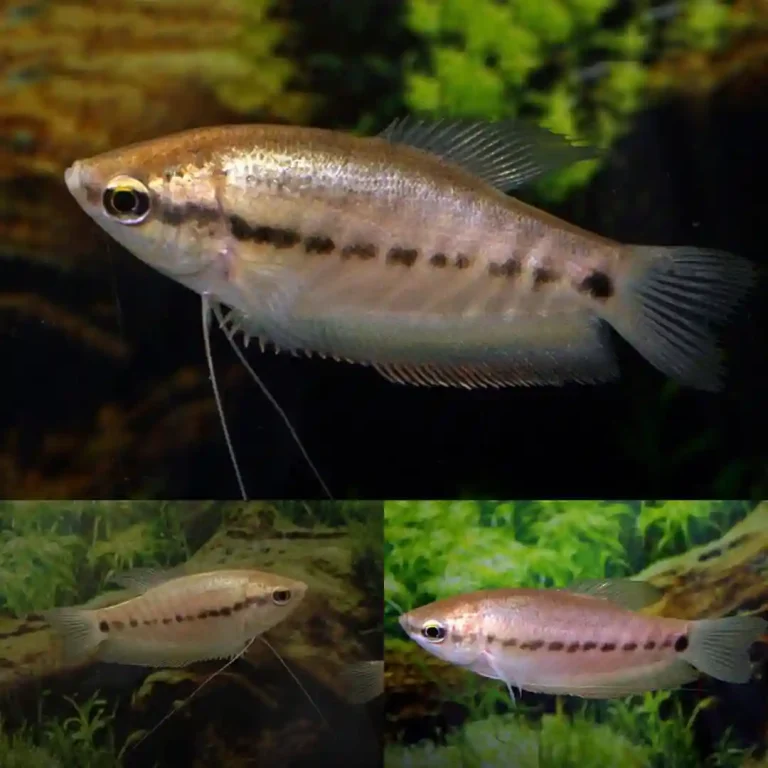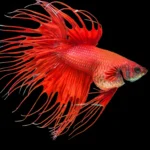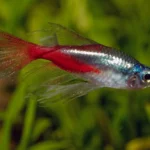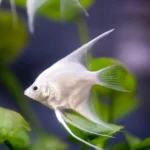Corydoras Catfish Care Guide: Feeding,Breeding Tips
Corydoras catfish, or Corys, are popular, peaceful freshwater fish from South America. Easy to care for and charming, they thrive in groups.
This guide covers tank setup, water conditions, diet, and breeding for Corydoras catfish.

| Category | Details |
| Family | Callichthyidae |
| Physical Characteristics | Small, armored bodies with barbels; various colors and patterns |
| Natural Habitat and Behavior | South American rivers; peaceful, bottom-dwellers; thrive in groups |
| Lifespan and Size | Typically 5-10 years; 1-4 inches long |
| Minimum Tank Size | 10 gallons (for a small group) |
| Diet | Omnivorous; prefers sinking pellets, flakes, live or frozen food |
| Temperature | 72-78°F (22-26°C) |
| Compatibility | Peaceful community fish; compatible with other non-aggressive species |
Tank Setup and Environment
- Minimum Tank Size: A 10-gallon tank is suitable for a small group of Corydoras. Larger groups or multiple species require more space.
- Substrate: Use soft, fine-grained sand or smooth gravel to protect their sensitive barbels.
- Decorations: Provide hiding spots with rocks, driftwood, and plants to mimic their natural habitat.
Water Conditions
- Temperature: Maintain water temperature between 72-78°F (22-26°C).
- pH Level: Keep the pH level between 6.5 and 7.5.
- Water Hardness: Aim for a water hardness of 2-12 dGH.
Filtration and Maintenance
- Filtration: Use a gentle filtration system to avoid strong currents that can stress Corydoras.
- Water Changes: Perform regular water changes, about 20-25% weekly, to maintain water quality.
Diet
- Food: Feed a balanced diet of sinking pellets or wafers, supplemented with live or frozen foods like bloodworms, brine shrimp, and daphnia.
- Feeding Frequency: Feed 1-2 times daily, providing only what they can consume within a few minutes.
Compatibility
- Tank Mates: Corydoras are peaceful and do well with other non-aggressive fish. Good tank mates include tetras, guppies, and other small community fish.
- Group Size: Keep Corydoras in groups of at least 4-6 to ensure they feel secure and display natural behaviors.
Health and Monitoring
- Observation: Regularly observe your Corydoras for signs of stress, disease, or injury. Look for changes in behavior, appetite, or physical appearance.
- Quarantine: Quarantine new fish before adding them to the main tank to prevent the spread of disease.
Breeding
- Setup: Provide a separate breeding tank with optimal conditions.
- Spawning: Mimic rainy season conditions with cooler water changes to encourage spawning.
- Egg Care: Remove adults after spawning to prevent them from eating the eggs.
How to breeding Corydoras Catfish fish
Preparation
- Select Breeding Pair: Choose healthy, mature Corydoras. A ratio of two males to one female is ideal.
- Conditioning: Condition the fish for breeding by feeding them a high-quality diet, including live or frozen foods like bloodworms and brine shrimp, for a few weeks.
Breeding Tank Setup
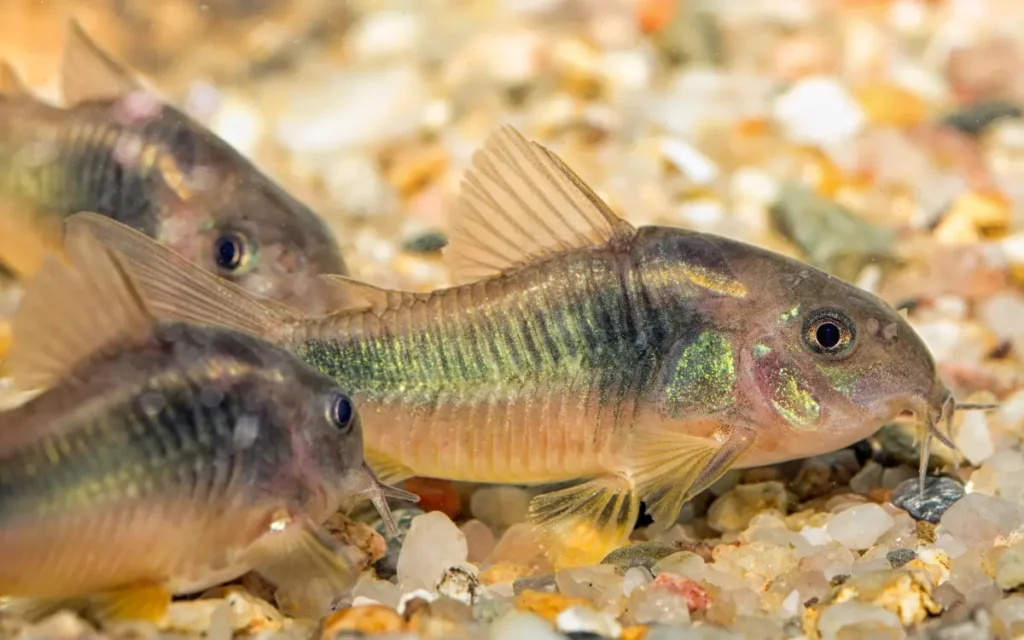
- Tank Size: Use a separate breeding tank, around 10-20 gallons, to increase breeding success and protect eggs.
- Substrate and Decorations: Use fine sand or bare bottom with some smooth rocks and plants to provide hiding spots and surfaces for egg-laying.
- Water Parameters: Maintain the temperature at 75-78°F (24-26°C), pH between 6.5 and 7.0, and soft to slightly hard water.
Triggering Spawning
- Water Changes: Perform frequent water changes with cooler water to mimic the rainy season, which often triggers spawning. Lower the temperature by 2-3°F (1-2°C) with each change.
- Lighting: Provide subdued lighting to create a calm environment.
Spawning Process
- Observation: Watch for courtship behaviors such as males chasing females and the T-position, where the male clasps the female.
- Egg Laying: Females will lay eggs on smooth surfaces like plant leaves, tank walls, or decorations. This can occur over several hours.
Egg Care
- Remove Adults: After spawning, carefully remove the adults to prevent them from eating the eggs.
- Protecting Eggs: Add an air stone near the eggs to ensure good water circulation and prevent fungus. You can also use a few drops of methylene blue to inhibit fungal growth.
Hatching and Raising Fry
- Incubation: Eggs will hatch in about 3-5 days, depending on water temperature.
- Feeding Fry: Once hatched, feed the fry with infusoria or commercially available liquid fry food. As they grow, transition to finely crushed flakes, baby brine shrimp, and micro worms.
- Tank Maintenance: Keep the breeding tank clean with frequent small water changes to maintain water quality.
Growth and Development
- Monitoring: Regularly observe the fry for growth and health.
- Separation: As the fry grow, consider moving them to a larger grow-out tank to ensure they have enough space and resources to develop properly.
Corydoras catfish are peaceful and sociable fish that make excellent tank mates for a variety of other species. When choosing tank mates for Corydoras, consider their peaceful nature, preferred water conditions, and their bottom-dwelling behavior. Here are some ideal tank mates for Corydoras catfish:
Small, Peaceful Fish
- Tetras: Neon tetras, cardinal tetras, and ember tetras are great companions due to their small size and peaceful nature.
- Guppies: These colorful, livebearing fish are compatible with Corydoras and thrive in similar water conditions.
- Mollies: Another livebearing species that is peaceful and can coexist well with Corydoras.
- Platys: These hardy and colorful fish are also good tank mates.
Other Bottom Dwellers
- Kuhli Loaches: These eel-like fish are peaceful and enjoy similar habitats.
- Bristlenose Plecos: Small plecos are compatible and help with algae control.
- Otocinclus Catfish: These small algae eaters are peaceful and get along well with Corydoras.
Small to Medium Peaceful Fish
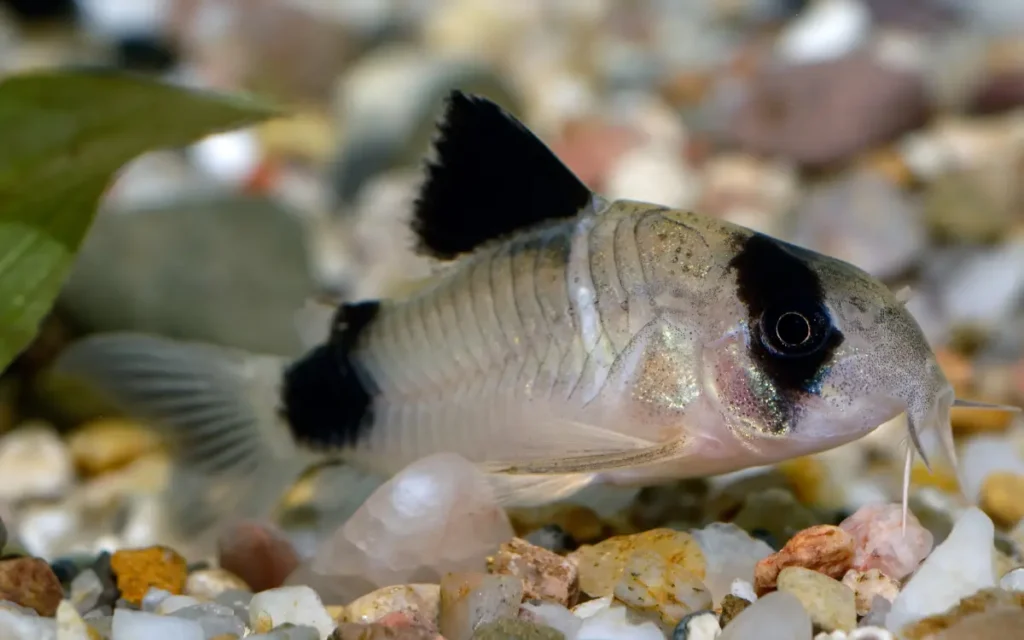
- Dwarf Gouramis: These small, peaceful gouramis are a good match for a community tank with Corydoras.
- Harlequin Rasboras: These active and peaceful fish are great for adding movement to the upper levels of the tank.
- Honey Gouramis: Smaller and more peaceful than other gouramis, they make excellent tank mates for Corydoras.
Shrimp and Snails
- Cherry Shrimp: These small, peaceful invertebrates are good tank mates and help with cleaning.
- Amano Shrimp: Larger than cherry shrimp, they are also peaceful and good algae eaters.
- Nerite Snails: These snails help with algae control and are compatible with Corydoras.
Considerations
- Peaceful Nature: Ensure all tank mates are peaceful and not aggressive, as Corydoras can be stressed by aggressive behavior.
- Water Parameters: Select species that thrive in similar water conditions (pH, temperature, hardness) to ensure all fish are comfortable.
- Tank Size: Make sure your tank is large enough to accommodate all species, providing enough space and hiding spots for each.
FAQs
How many cory catfish should be kept together?
Cory catfish should be kept in groups of at least 4-6 to ensure they feel secure and exhibit natural behaviors.
Do Cory catfish need heat?
Yes, Cory catfish require a heater to maintain a stable temperature between 72-78°F (22-26°C).
Will Corydoras eat plants?
No, Corydoras catfish are not known to eat live plants, making them safe for planted aquariums.
Do Cory catfish grow fast?
Cory catfish grow at a moderate pace, reaching their full size in about 9-12 months.
How to tell if Corydoras are happy?
Happy Corydoras are active, frequently exploring the tank, and have a good appetite.
Are female Corydoras bigger?
Yes, female Corydoras are generally larger and rounder than males, especially when carrying eggs.
At what age do Cory catfish breed?
Cory catfish typically reach breeding age at about 1 year old.

